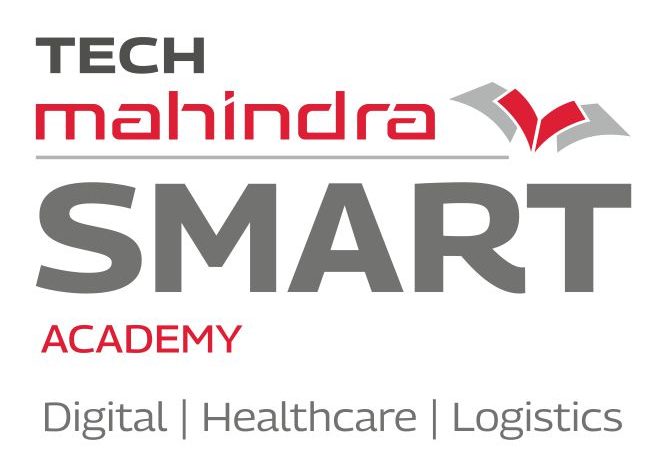Table of Contents
ToggleThe Quality Indicators are the guidelines which are used to improve the quality and the performance of the hospital towards patient care. Medical Record Technicians (MRT) are advised to follow the indicators laid down by the National Accreditation Board for Hospitals & Healthcare Providers (NABH) and other national bodies involved in hospital quality improvement in India. NABH is a key component in quality indicators NABH, ensuring hospitals follow strict compliance measures. NABH is the constituent body of Quality Council of India (QCI), which provides a quality accreditation to hospitals / diagnostic centres on certain parameters. NABH was established in 2005 to run an accreditation programme for healthcare organisations in India; the NABH-certified hospitals are well recognised at national and international levels for providing quality patient care.
A Medical Record Department in a hospital (MRD in hospital) is built within the hospital premises to maintain patients’ medical records as per the MRD indicators laid down by NABH. These indicators help to improve patient care and enhance the process of documentation. While the key performance indicators for medical records department help maintain the discrepancies’ checklist through which the hospital staff such as doctors, nurses & paramedics, can improve their performances, elevating and maintaining the quality standards, simultaneously.
These Are the Quality Indicators Followed by Hospitals:
1. The Percentage of Medical Records in Which the Patient Care Plan is Documented
It is the calculation of ‘patient care plan’ in which the treating doctor explains his/her condition to the patient or attendant/s. All the treatment details should be documented and countersigned by the treating doctor, which is required to create the deficiency list as to improve the quality of care and settle the record. It further acts as a supporting document in legal cases, if any. Ensuring proper documentation aligns with quality indicators NABH and helps the MRD in hospital maintain high standards.
2. The Percentage of Medical Records Maintaining a Nursing Care Plan
It is the percentage of a Nursing Care Plan, and it varies from patient to patient going by the diagnosis made by the treating doctor. This document is referred to as the ‘nursing efficiency’ to find the diagnosis according to doctors. If the medical record department in hospital file has a nursing note without a plan of care, then, there occurs a discrepancy which becomes mandatory to report to the key performance indicators for medical records department quality team for improvisation; and it should be signed by the assigned nursing staff.
3. The Percentage of Medical Records Having Incomplete / Improper Consent
Every inpatient file has an informed consent form which establishes that the patient knows about their illness, disease prognosis and hospital’s policies explained by the treating doctor, which should be duly signed by the patient as well as by the treating doctor. This consent is signed and attached at the time of hospitalisation. If the form lacks signature, it will be considered incomplete as per the amended laws (HIPAA 1996). This document will be helpful to prove the innocence of a doctor, in case a patient raises his healthcare related concerns by lawful means. Proper maintenance of this data is a crucial part of MRD indicators in medical record department in hospital management.
4. The Percentage of Medical Records Not Having ICD Codes
International Classification of Disease (ICD) are the alphanumeric codes given to the diagnosis to recognise diseases and bring them for international recognition. When a patient arrives in the hospital (MRD in hospital) with some signs and symptoms of the illness, the treating doctor advises investigation after examination. The investigation report helps into the analysis stage, after which the doctor recommends to diagnose. The Medical Record Technician has to give the code to the diagnosis prepared adhering to the instructions given in the ICD10 book recommended by WHO. According to the codes, WHO gathers information on the morbidity and mortality data of a particular region, a vital aspect of quality indicators NABH.
5. The Percentage of Medical Records Not Having Discharge / Death Summary
When a patient gets discharged or declared dead in the hospital, they themselves / their attendants receive a document that includes the discharge summary / death summary so that the Medical Records Technician can easily do coding, indexing, and other requirements in the MRD in hospital. A major discrepancy can erupt if the inpatient file has no discharge or death summary attached. It is monitored by the quality indicators NABH team of the hospital.
6. The Percentage of Missing Records / Information
A Medical Records Technician (MRT) needs to maintain the healthcare records for future use. The MRT also provides the inpatient records on loan for multiple reasons like verification, insurance, treatment, Subpoena, etc. There are numerous reasons for missing the records, and if the MRT notices that a file is missing, then he / she should check with all the departments wherever there are chances of the file to be found. Then, the MRT needs to file a complaint at the police station mentioning about the missing medical record/s. If a situation requires a duplicate copy, then the MRTs can generate a copy with the help of Electronic Medical Records (EMR). This process is one of the key performance indicators for medical records department efficiency.
7. Percentage of Medication Chart with Error-Prone Abbreviations
A MRT needs to check the medication chart referring to the abbreviation list given by the quality team. If the physician has mentioned improper abbreviations, then the MRT needs to find the discrepancies and make the correction with the help of doctor’s team. Ensuring accuracy in medication charts is an essential factor in MRD indicators within the medical record department in hospital.
The Role of Digital Transformation in Medical Record Departments
Due to the development of new technologies, the Medical Record Department in hospital and other healthcare institutions are incorporating more technology. The use of digital technology in the management of patients’ data has significantly improved how data is collected, stored, accessed, and utilized to meet the MRD indicators. The implementation of EMR and HIS has enhanced the efficiency of the work of the MRTs since it minimizes the chances of errors, and the quality of patient care has been greatly enhanced.
The Future of Digital Medical Records
AI and ML are gradually entering the sphere of healthcare; therefore, it can be suggested that the process of medical record management will become even more automated and rely on predictions in the future. AI can also help in the diagnosis of diseases from the patient records, detect the spread of diseases, and in managing the resources in a hospital. Further, the use of blockchain technology can complement the improvement of patient record security and its protection against any form of alteration. These technologies align with key performance indicators for medical records department efficiency.
Final Thoughts
It is always recommended to fulfil all the quality indicators NABH, which are shared above; whether you are applying for NABH accreditation or improving the quality of patient care. These MRD indicators are regularly used in the Medical Record Department in hospital for yearly audits, internal as well as external. These indicators are useful to uphold the medical ethics and policies drafted for the consumers’ benefit (for patients) laid down by the law of the land.
Hence, it becomes essential for all Medical Record Technicians to have deep knowledge of these indicators before they step into the healthcare industry.
We, at Tech Mahindra SMART Academies for Healthcare, have incorporated these quality indicators NABH as well as medical coding in the curriculum of Diploma in Medical Record Technology, with a focus on practical demonstration by our qualified trainers at our SMART IT (Information Technology) labs.

